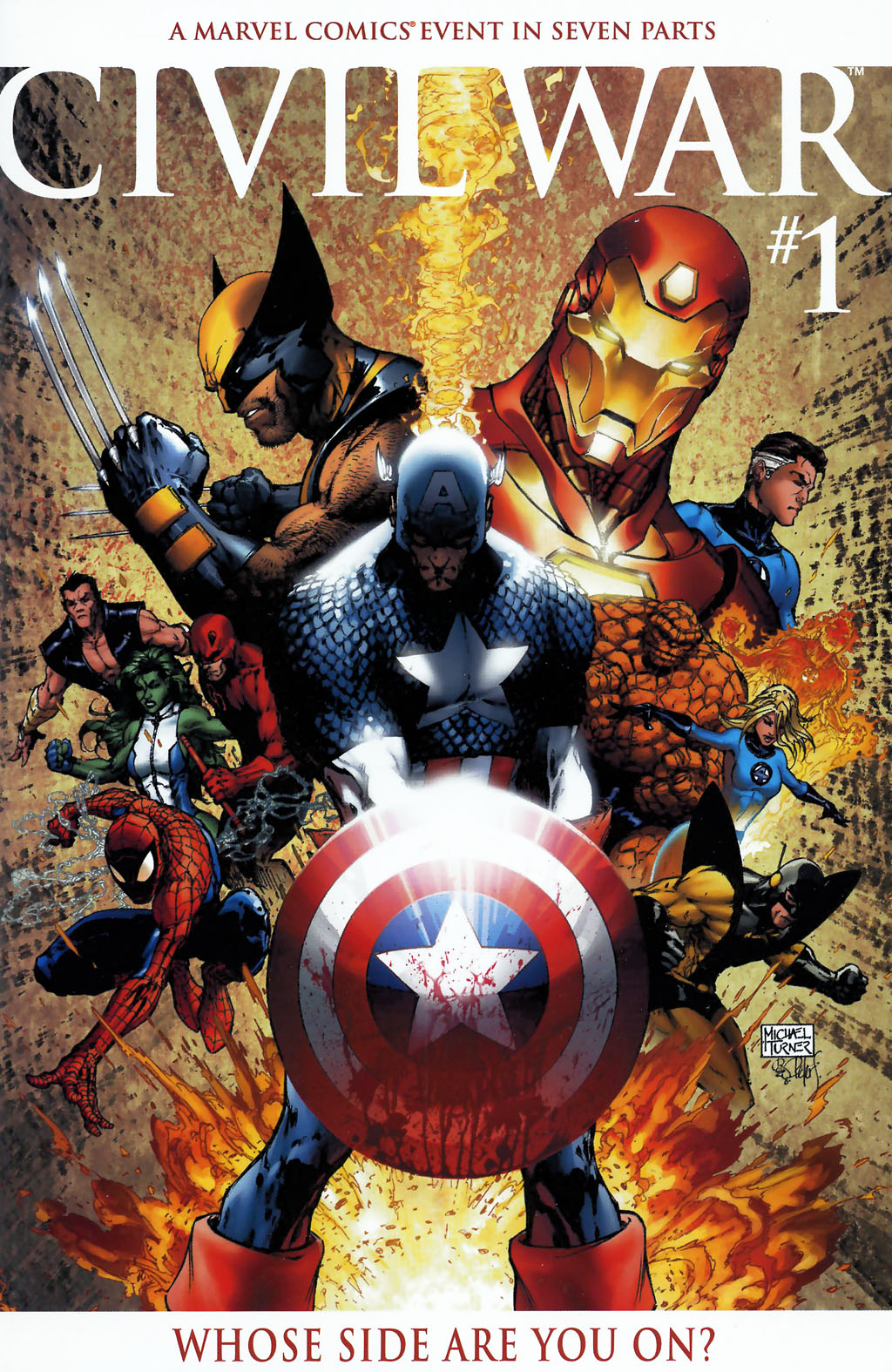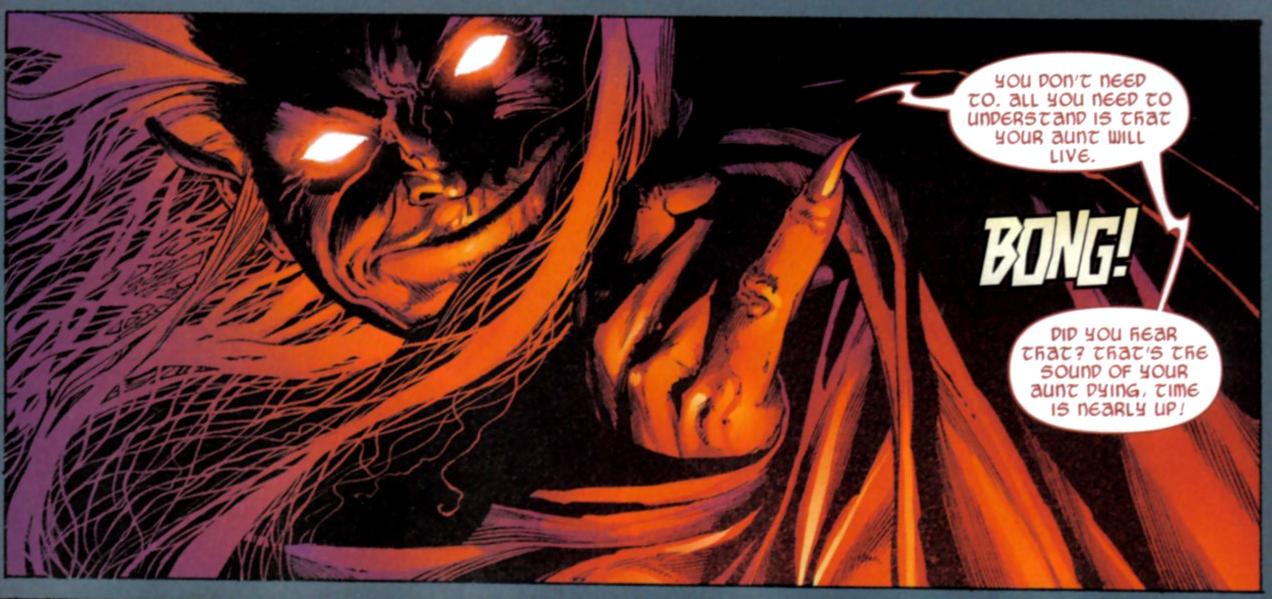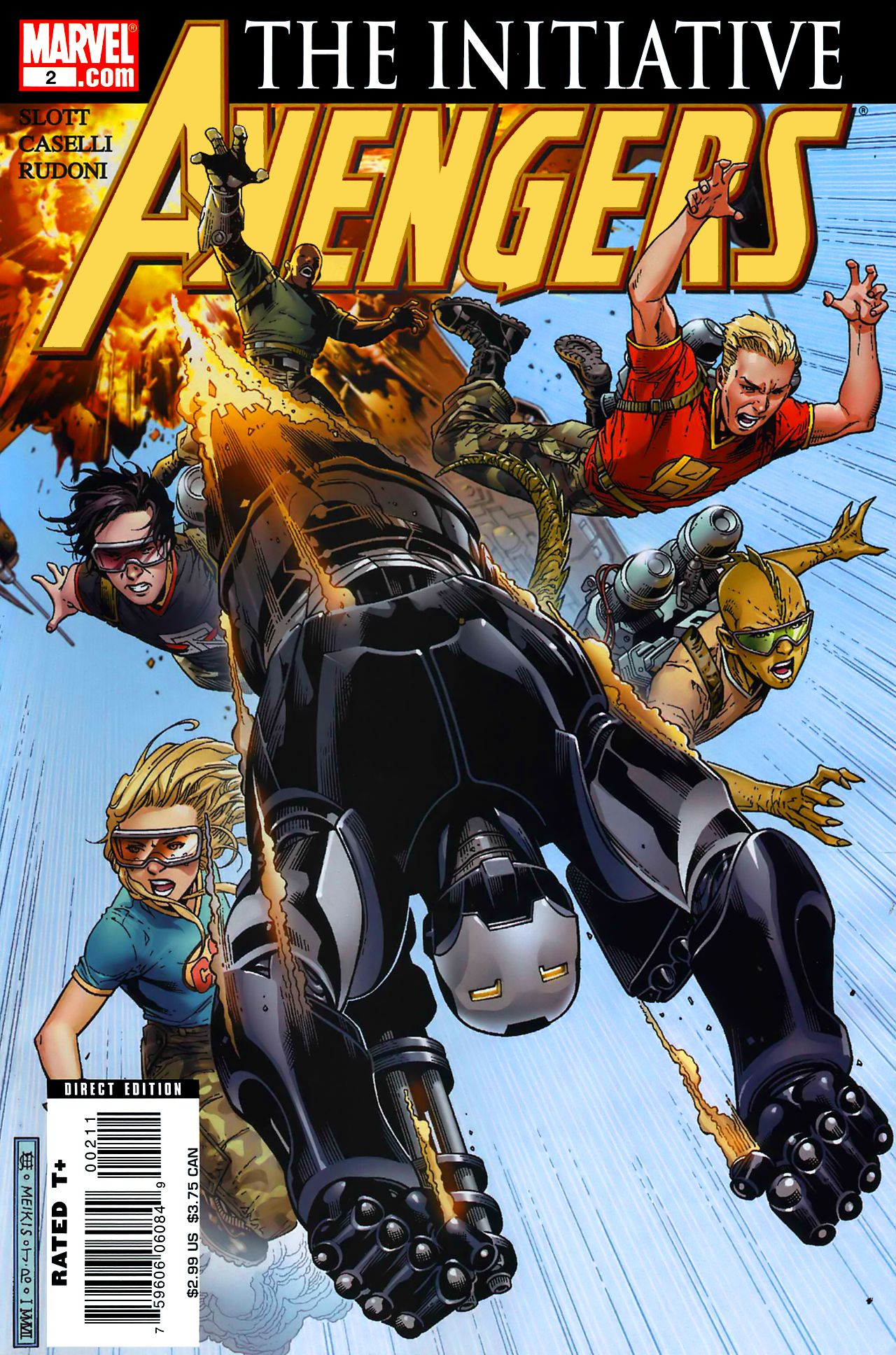Marvel at 80: Civil War
2006. Marvel’s heroes had weathered a lot of things. Galactus. Hydra. Universe clearing events. The Earth being treated as a garbage dump for alien criminals. However, Mark Millar would ask the question that would rock the Marvel universe for years to come: Would they survive politics?
Mark Millar would work with the art team of Steve McNiven, Dexter Vines, Morry Hollowell, and Chris Eliopoulos. Together, the Marvel Universe would be forever changed, albeit not by the introduction of political elements. That’s been a backbone of Marvel since the 1960s. The X-Men are a continual allegory for minorities since their conception. Captain America grew to doubt America in general when Richard Nixon tried to stage a coup of the nation with the Secret Empire.
No, seriously, that happened. Nixon lost and killed himself in the Oval Office in front of Cap. Steve Engelhart did some awesome things in his run on Cap.
The event begins with a disaster in Stamford, Connecticut. The New Warriors, a team of superheroes degraded to becoming reality TV stars, started a fight with a crew of villains trying to hide in the suburbs. However, one of those villains was Nitro The Living Bomb Blast. This did not end well, with hundreds of civilians dying in the explosion. From there, people began to clamor for their heroes to register with the government, to be held accountable for their actions.
Please note this was 2006 when this seemed like it could have been realistic.
While it was undoubtedly a tragedy, the only difference between Stamford and an average day in New York just seems to have been the fact that this took place outside New York. No New Yorkers have ever demanded that Spider-Man become Spider-Cop, the Avengers have worked on and off with the government, and registration is something the X-Men have fought tooth and nail to prevent. Not to mention, this topic came up during Acts of Vengeance under Walter Simonson’s Fantastic Four, where everyone involved agreed it was a dumb idea.
Unfortunately, Civil War, in this case, means that Marvel’s heroes would be split between pre-registration and anti-registration. The Pro side would be lead by Iron Man, while Captain America would lead the Anti-resistance. There’s just one problem:
When it is a smart idea to write someone standing ideologically against Captain America?
Many readers at the time cottoned on to this idea, and it didn’t help when Iron Man and SHIELD did their best to capture Cap and other heroes who were opposed to the plan. Or when Tony Stark chose to conscript villains to capture other heroes.
Or when Reed Richard built a prison in the Negative Zone to house those captured heroes and villains.
Or when Reed and Hank Pym built a clone of Thor (who was allegedly dead at the time) to beat down the stronger anti side heroes… resulting in the death of the hero Goliath.
However, after staging a massive prison break, Captain America’s team lead a charge against Tony’s registered crew, and… but the fight ends when Captain America realizes the battle has done nothing but harm civilians and do nothing but break the public’s trust. As such, he gives up and orders everyone to stand down.
Captain America is then sent to prison, the heroes who were against the registration act go underground, and Tony Stark is made the head of SHIELD.
This event is a flawed mess, but it’s easy to see where Millar comes from. He’s trying to show the heroes of Marvel as imperfect. Cap almost buys into his own hype, while the geniuses of Marvel fall into the trap of doing the right thing no matter how crazy it is. Neither side wants to admit they’re wrong, even when the world is screaming in their faces. Hiring villains seems like a good idea because it prevents friends from fighting one another. Bringing back a Thor could be useful, in that some may wish to defect if they saw Thor again, be it from fear or from friendship. The Negative Zone prison… there’s really no defending that one, to be honest. It would later be swept under the rug after a while.
The execution, however, is where a lot of issues come from. Longtime friends stop listening to one another. The whole book becomes a black and white morality play, with neither side actually being the right side. Characters are often written out of nature to play a role rather than be themselves. What results is a convoluted mess that borders on parody with some bizarre writing choices.
With the marketing blitz behind Civil War, it was almost literally impossible to escape the story. Every book became part of the ongoing narrative, which genuinely helped make the characters feel human again. Ben Grimm of the Fantastic Four becomes the only person to not choose a side and instead spends time in France while the whole thing blows over, having adventures with the super team of France. Spider-Man deals with the consequences of unmasking his identity in public at a press conference, complete with J Jonah Jameson suing Peter for literally providing Jameson with doctored and fake photos multiple times over the years. Which he did do, back during the time Stan Lee and Steve Ditko worked on the book.
The original Captain Marvel would somehow trudge back to the land of the living, as a lost hero out of time. He got a one-shot and a relatively enjoyable mini-series. The X-Men would negotiate with the government to try and not be on the receiving end of more programs intended to destroy Mutants, while X-Factor would try their best to ignore the whole problem altogether.
As for the fallout, Civil War had a substantial bomb-like effect on the world of Marvel. Characters who opposed registration would go on the run for years, resulting in a lot of hero-on-Hero action.
Captain America would be arrested in his book, and the Red Skull would take advantage of this to have his mortal enemy killed. He would get better eventually (this is comics after all), but Bucky would take up the shield in his absence. The tenure of Bucky happened during Ed Brubaker's time on the book and is honestly considered one of the best runs on the character.
Spider-Man would also be on the run for a while, but the Kingpin hiring a sniper to kill Spidey wound up hitting Aunt May instead. The resulting chaos and editorial interference ended Michael J Straczynski’s seminal run on Spider-Man with the dreaded One More Day debacle. If you’re not familiar with it, Peter and MJ chose to sell their marriage to metaphorical Satan to save May’s life. This also had the side-effect of nullifying Peter and MJ’s entire marriage, and also re-hid Peter's secret identity somehow.
Many vocal fans would dislike Tony Stark’s turn as a “realist” in a world full of idealism. Tony would continue to be generally disliked until Robert Downey Jr’s portrayal of him literally made everyone forget. And then Marvel gave him selective amnesia anyhow.
Further, Marvel promised their fans that every single state of the United States would have their own hero team. This would culminate in a book titled Avengers: The Initiative. Focusing on younger heroes learning the ropes at an Avengers School taught by Hank Pym, there would be many fan-favorite characters stemming from that comic and its spinoffs like Avengers Academy.
However, as comics rolled on past the event, some characters started seeming… strange. Making weird decisions. Having evil thoughts. Unfortunately, that will have to wait. You see, Marvel had another event running at the time of Civil War, one that spanned the very stars themselves.
Up next, the other major event of 2006: Annihilation!












